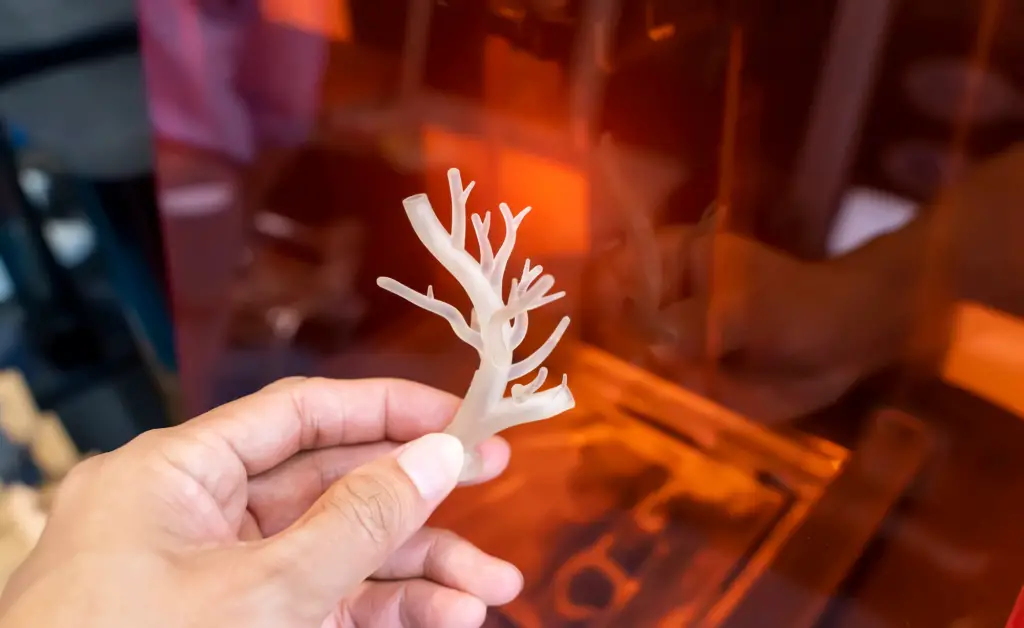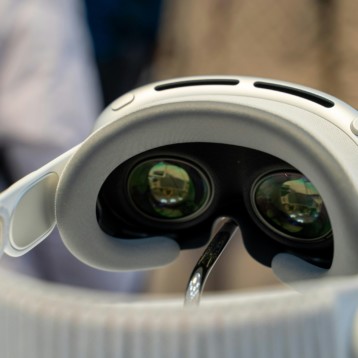In the fascinating world of healthcare, a revolutionary trend is emerging: regenerative therapies and innovations.These transformative advances promise to redefine our understanding of medicine.
They are paving the way for groundbreaking treatments like methods to repair, regrow, or replace diseased or damaged cells, organs, or tissues. According to research by Nature, this is good news for aging patients whose bodies have lost the ability to regenerate and repair themselves.
In this enlightening piece, you can delve into the enthralling realm of regenerative medicine and explore its extraordinary potential to shape the future of healthcare. After all, this trailblazing frontier of medical science opens a new vista of possibilities.
By leveraging the body’s natural healing capabilities, regenerative therapies can potentially restore form or function. Furthermore, it offers a new lease on life for those suffering from debilitating diseases. Socontinue reading below for more on these revolutionary techniques.

Understanding regenerative medicine
Regenerative medicine,as a unique field of medicine, includes various techniques.Together, they form the core foundation of regenerative therapies and could change the course of medical treatment.
Because of the captivating nature of this field, there are many laboratories nowadays that offer these services. One such example is Tissue Allograft Products, among other valuable contributions.
For a better understanding of the value of regenerative medicine, below are some of the benefits listed by doctors, patients, and others:
- Eliminates the need for minor surgeries and reduces pain
- Reduces the need for medication and anesthesia
- Personalizes treatment options
- Allows for fewer instances of rejection than in other methods
- Facilitates less painful recovery and faster healing
- Provides more peace of mind for using your own cells
Although there may be many more benefits not listed here, these are enough for medical professionals to consider regenerative medicine for the following conditions:
- Neurological damage, defects, or disease
- Immunological diseases
- Liver malfunction or disease
- Leukemia
- Cardiovascular afflictions
- Lung damage, injury, or disease
- Diabetes
- Kidney failure and illnesses
With such a broad scope of applications, these interventions could be more than life-changing – they could save a life. For this reason, there is a lot of emphasis on the future of regenerative medicine.
Stem cell therapies: The promising pathway
Stem cell therapies stand out as one of the most promising regenerative modalities.Stem cells, known for their remarkable ability to develop into various cell types, can be directed to replenish cells in specific organs, thereby reviving their functionality.
An article by Healthline describes how these unique cells can proliferate into many specialized body cells, like muscle, bone, or nerve cells—hence the name ‘stem cell.’Stem cells are undifferentiated and cause more important cells to stem from them.
Advanced research and clinical trials are underway to explore the application of stem cells in treating diseases such as Parkinson’s, spinal cord injuries, and heart disease. The boundless potential of stem cells instills hope for a future where chronic ailments may no longer be incurable.
Tissue engineering: Building a better future
Another critical pillar of regenerative medicine is tissue engineering.This scientific domain involves creating functional tissues to replace damaged or lost tissues in the laboratory.By bioengineering organs or parts of organs in controlled environments, scientists hope to eliminate the need for organ donations in the future.
Tissue-engineered products, from skin grafts for burn victims to lab-grown blood vessels, have already entered clinical practice.As research progresses, the prospects of engineering more complex organs—such as the heart, liver, and kidneys—are becoming more realistic.
In a journal onthe National Library of Medicine, they describe how scientists also create bone tissue scaffolds for severely broken bones. These struts support the remaining bone tissue while providing a platform for new bone growth.
Molecular biology: Healing from within
The power of regenerative medicine extends to the microscopic level with the advent of molecular biology.Furthermore, this discipline dives deep into the cellular level, investigating genes and proteins responsible for disease progression.
Science Direct explains that cellular materials have various qualities and properties that may affect the body on intracellular and multicellular levels. Understanding that microscopic cell parts can interfere with the body’s ability to heal or regenerate is truly eye-opening.
Through gene therapy, scientists can potentially correct genetic abnormalities that cause certain diseases. Molecular biology paves the way for personalized medicine, where doctors can tailor treatmentsto an individual’s genetic makeup.
The innovation surge: Emerging technologies in regenerative medicine
As we venture further into the future, researchers are continually reimagining the landscape of regenerative medicine through innovative technologies. Notably, 3D bioprinting is revolutionizing tissue engineering by providing the means to create complex, three-dimensional structures with precision.
Additionally, the merger of artificial intelligence (AI) and regenerative medicine holds immense promise.AI algorithms can potentially accelerate the discovery and development of regenerative therapies. More importantly, it can analyze vast data and predict patient responses.

The road ahead
Despite the substantial progress in regenerative therapies, numerous challenges lie ahead.These include regulatory hurdles, ethical concerns, andrigorous clinical trials ensuring the efficacy and safety of these therapies.Nevertheless, the promise of regenerative medicine in transforming healthcare is undeniable.
The future of medicine, underscored by regenerative therapies and innovative technologies, holds exciting prospects.Moreover, the shift from treating symptoms to healing from within will usher in a new era of healthcare – focusing more on the body’s remarkable capacity for self-healing.
Regenerative medicine, undoubtedly, symbolizes hope for more effective treatments, a better quality of life, and a healthier future for all.As we unravel the mysteries of the human body and harness its healing potential, we also embark on a remarkable journey to redefine the frontiers of medical science.
This article only begins to scratch the surface of the vast and thrilling regenerative medicine domain.As the landscape continues to evolve, one thing remains certain—the future of medicine is here, and it promises to be genuinely transformative.
The advancements and innovations underway genuinely have the potential to revolutionize healthcare as we know it. Just think of all the patients that could benefit from procedures like these. Not only will it help them regain their strength, but it could significantly boost their quality of life.
In conclusion
The future of medicine has long been a fascinating topic, as it holds unlimited possibilities.Regenerative therapies and innovations are the driving forces propelling us toward an end where the impossible becomes possible.
So, as we stand on the brink of this new era, we can look forward to a future of healthcare that is not only transformative but also regenerative.Coming times where medicine does more than just treat—it heals, it restores, and it regenerates.And that, indeed, is a future worth striving for.










